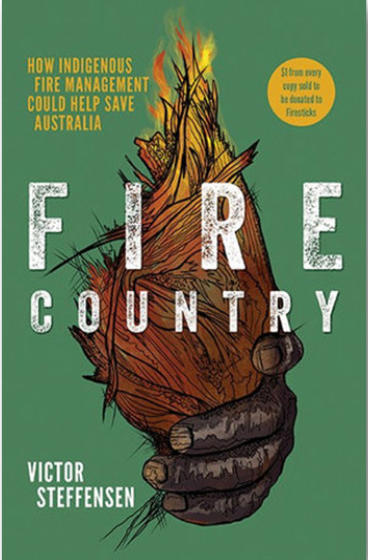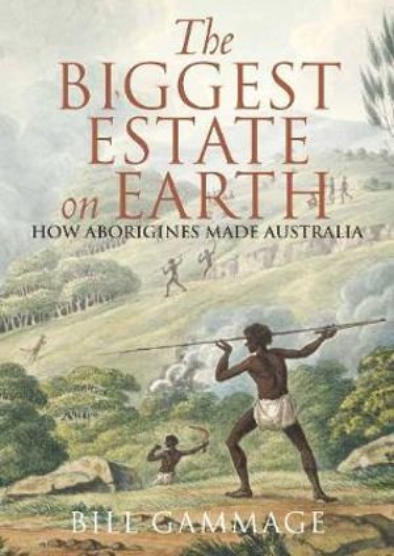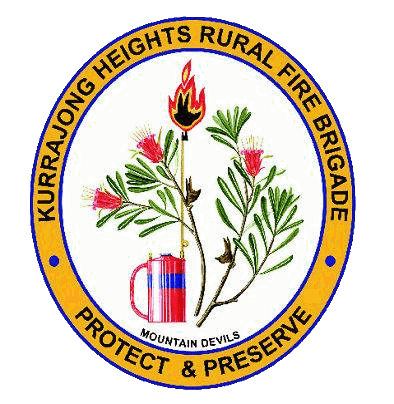Hazard Reduction using fire is very beneficial to the bush when it is done using regular cool burns. The understorey fuel is reduced without harming the canopy and leaving appropriate time intervals between burns allows native plant species to thrive in the landscape. When we fail to look after our bush we create an environment where the resultant fires do permanent damage to flora and also fauna. The huge loss of wildlife in the Gospers Mountain Fire is a complete tragedy and is something we should all work together to avoid in the future.
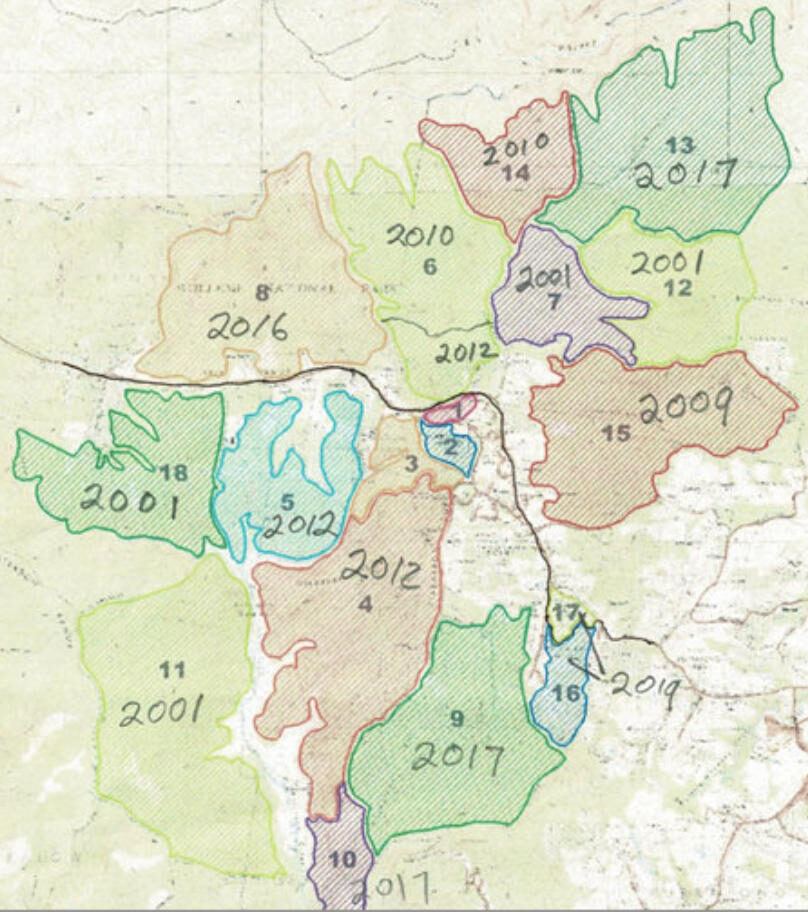
Mosaic Burns Concept
The Kurrajong Heights Brigade developed Mosaic Burning as a method of safeguarding our community. Every year a part of the mosaic is burnt so that when a fire comes the fire will be slowed by those parts of the mosaic that have been recently burnt. This map shows the mosaic as we went into the 2019/2020 fire season. The 2012 burn along Burralow Road slowed the Gospers Mountain Fire and then allowed us to successfully put in a back burn on December 22nd 2019. This back burn went out to the main fire front and secured our community.
National Parks
National Parks completed HR over 135,000 hectares in 2019. This is 1.9% of their total area and while being an improvement on some past years is clearly inadequate to preserve the bush in its natural state, or to provide protection for our community. The Brigade works very closely with our local National Parks people and they are invariably helpful and professional. They do need to be resourced and tasked to do the job properly!
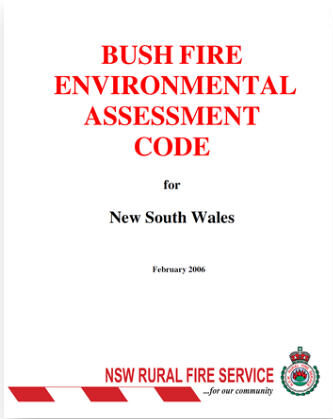
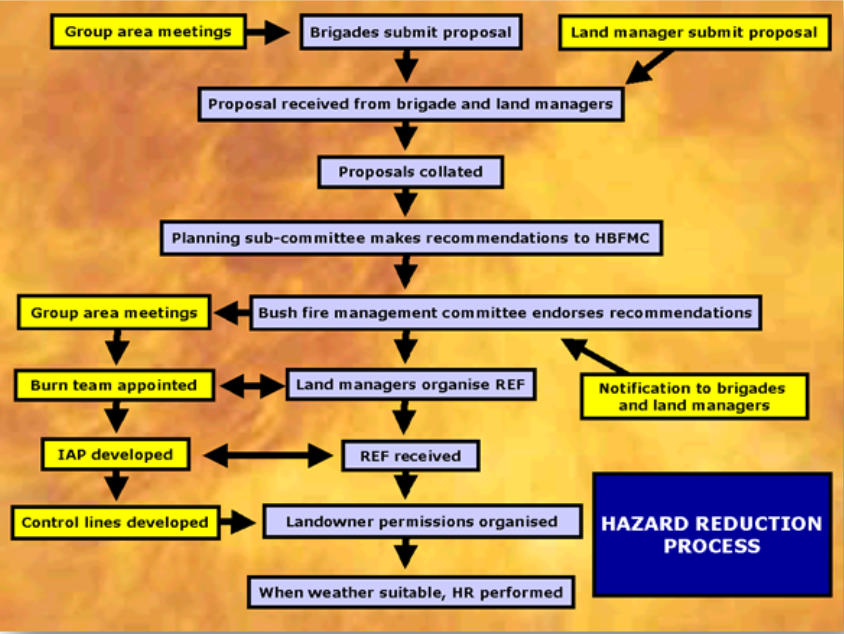
RFS Burning
The RFS require approval for HR burns to be submitted by the Brigade for approval. All HR burns must comply with the Bushfire Environmental Assessment Code. This requires
· All land owners and managers approval
· Determination of vegetation types. This is used to determine the fire interval
· Fire intervals at Kurrajong Heights range from 10 to 25 years
· Identification of all threatened species
· Identification of aboriginal heritage sites
· The threatened species list extends to many pages
· Failure to observe all requirements is a criminal act
Once the Environmental Bushfire Assessment Code has been navigated the brigade can submit a proposal to the Hawkesbury Bush Fire Management Committee
· The proposal may not even get past the planning sub-committee
· The HBFMC members represent many different agencies and groups
· The approval process can be long and complicated. From application to completion of the hazard reduction can sometimes require a number of years
Aboriginal Burning
Bill Gammage completed extensive research into the state of the country when the white settlers arrived in Australia. He read the accounts from the day and looked at early paintings which provided an accurate portrayal of the state of the bush. His findings were that they encountered mainly parkland. Fresh green grasses grew between the trees and there was abundant food for all the native animals and the indigenous people. It didn’t take an army of people to achieve this and the new arrivals thought that the locals were quite lazy, notwithstanding the pristine nature of the country. Their maintenance of the country using fire was so efficient they had lots of leisure time! This is all described in Bill Gammage’s excellent book, the Biggest Estate on Earth.
Victor Steffensen’s book “Fire Country” was released on 18th February 2020 and describes his life’s work learning how to manage the land with fire and teaching the skills to others. He was taught by two elders in the Cape Yorke area and has travelled all over Australia and the world to teach and learn. He describes burning country as starting in one place where the country is ready for fire and selecting a single ignition point. The fire will burn slowly from this point and the animals can all escape. You never start a fire unless you know where it will go and typically the fire will run to country that is not ready for fire where it will stop. You burn this country when it is ready. Not all country is burnt. For example you would burn around rain forest to protect it from fire. Wish we had this at Mt Wilson where a lot of rainforest was burnt in the Gosperrs Mountain Fire. Once the country is properly managed you may not need to burn every year. It may be every two or three years or more. The country will tell you as it will not burn if it is not ready for fire. This is what our country deserves!
Victor’s website is here : http://www.mulong.com.au/
